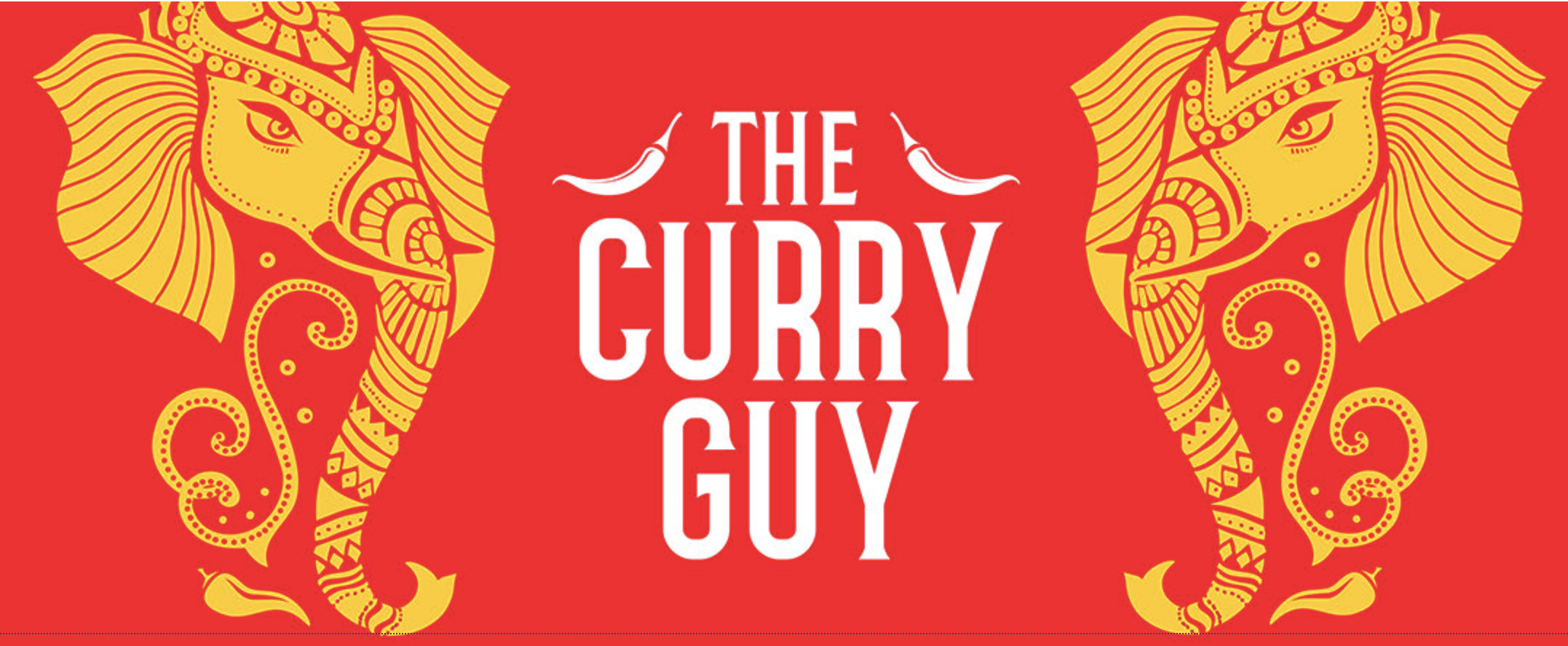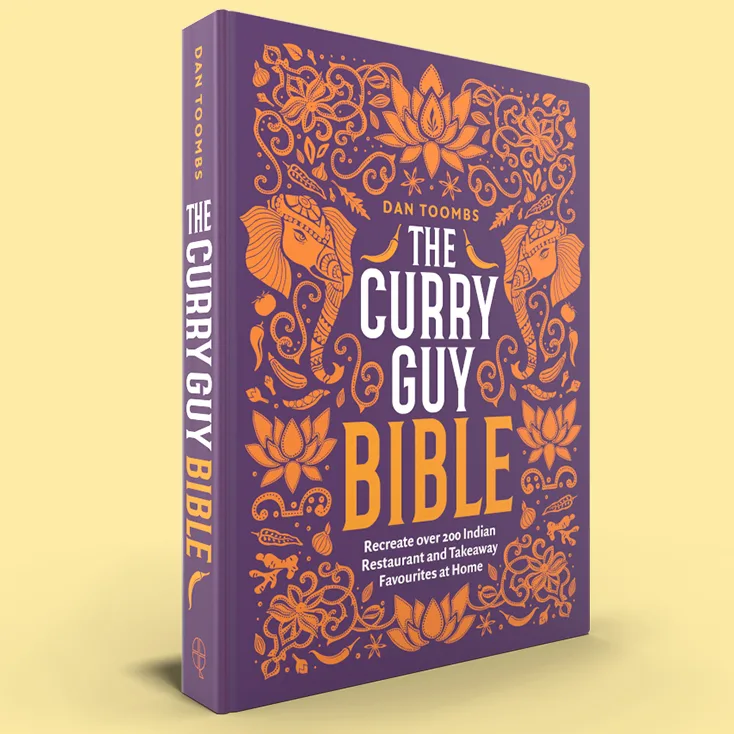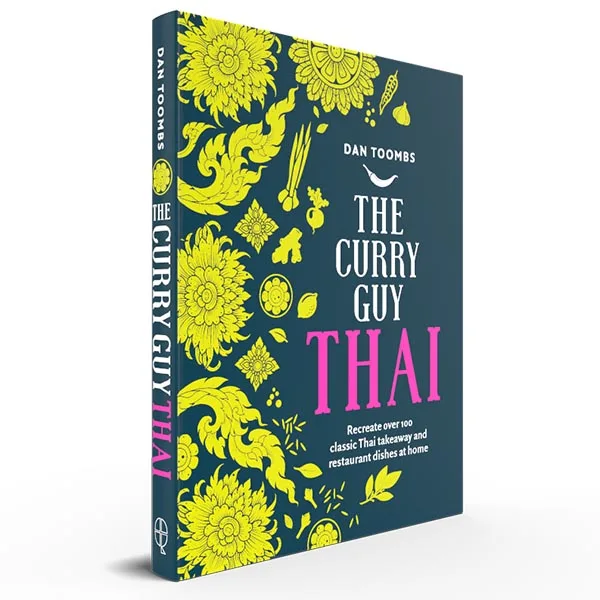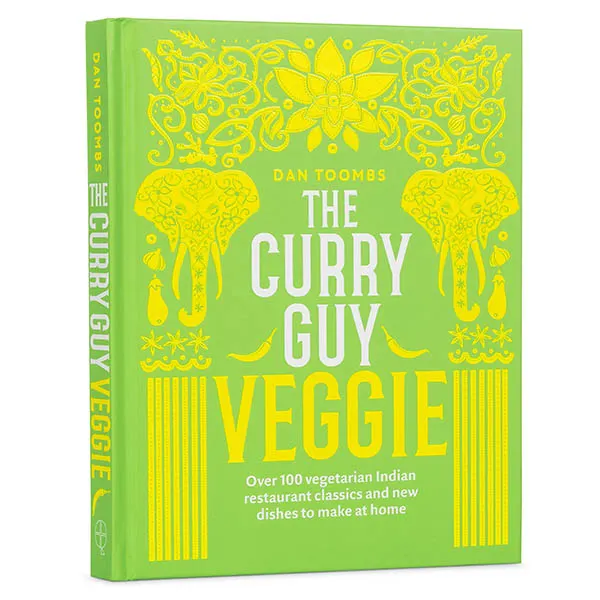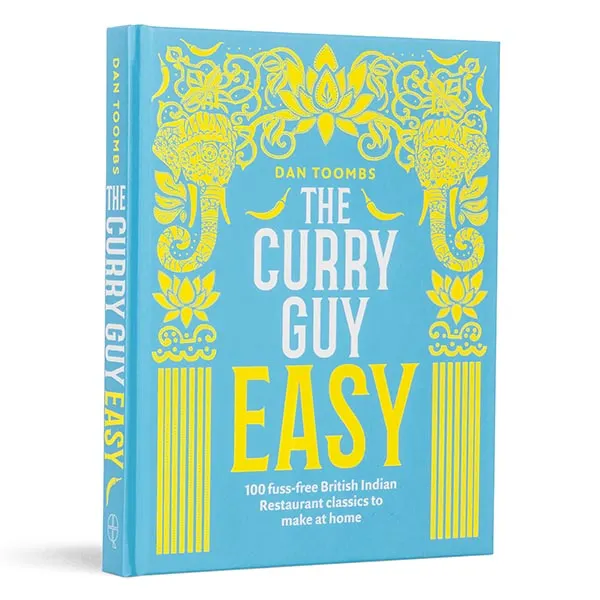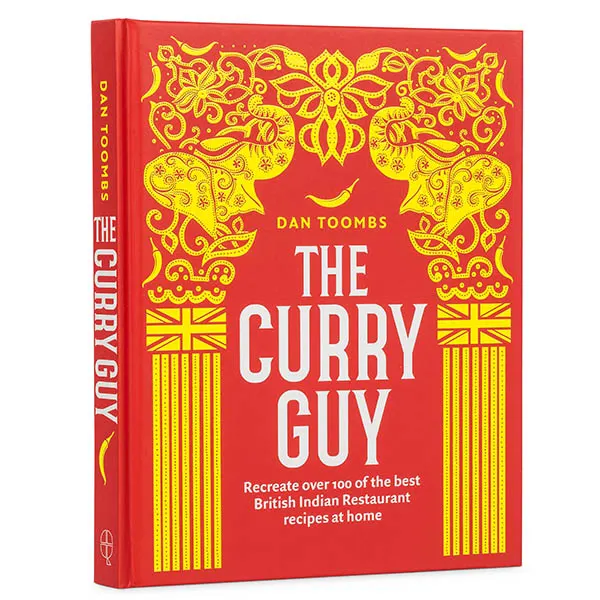you Masala chai or chai tea is a traditional Indian beverage made by brewing black tea with a blend of aromatic spices and herbs.
I’m currently in Rajasthan, India and really enjoying my Chai Tea every morning. In Jaipur Caroline and I stayed at a homestay in The Pink City Cooking School and were served Chai Tea every morning.
I have learned more about tea than I ever thought I would. Now I would like to give you all the information you need to make the perfect cup of chai tea.

What is chai tea?
Chai tea is what most people call masala chai outside of India.
In Hindi and several other Indian languages, ‘masala’ refers to a mixture of spices, while ‘chai’ meant tea.
Those who do not know Hindi often refer to masala chai as chai tea and that is what I will call it here. The chai tea is a delicious blend of spices and creamy milk and one you most definitely need to try soon.
Chai tea is a flavourful and comforting tea drink enjoyed by millions of people worldwide, not only in India but also in various other countries.
What goes into a chai tea?
The exact ingredients used in masala chai can vary widely based on personal preferences and regional variations, but common spices and herbs used in its preparation include:
1. Black tea leaves: Typically you want to look for strong and robust varieties such as Assam or Ceylon tea.
2. Whole spices: Common spices include cinnamon sticks, cardamom pods, cloves, and whole black peppercorns.
3. Fresh ginger: Thinly sliced or grated fresh ginger adds a warm and spicy flavour.
4. Sweeteners: Sugar, honey, or other sweeteners are often added to taste.
5. Milk: Whole milk, dairy alternatives like almond or soy milk, or even evaporated milk can be used to add creaminess to the chai.
How do you prepare chai tea?
1. In a saucepan, combine water, whole spices, and fresh ginger. Bring the mixture to a boil and then reduce the heat to a simmer. Allow the spices and ginger to infuse into the water for a few minutes.
2. You then add black tea leaves to the simmering water and spices. Let the tea steep for a few minutes until it reaches the desired strength.
3. Add milk to the saucepan and simmer for a few more minutes until the chai is heated through.
4. Strain the masala tea mixture to remove the whole spices, ginger, and tea leaves.
5. Sweeten the chai with sugar, honey, or another sweetener to taste.
6. Serve the masala chai hot in cups or mugs or if you can get them, clay cups.
How do you serve chai tea?
You could always just serve it in tea cups. That is good.
If you want to serve your chai tea like they do at chai wallah stands around India, try to source some clay cup. Really good!
The clay cups are used in India and then thrown away, never to be used again. They are the perfect one-use cup that are biodegradable cup and the tea actually tastes better in them.
What do you serve with chai tea?
Anything you like really but here in Pushkar, where we are currently staying, chai tea is served with biscuits in the morning. During the day you are much more likely to be asked if you would like samosa, onion bhajis or even a good veggie curry such as this Rajasthani green chilli curry with your chai tea.
Can you adjust this recipe to taste?
You can and should. The recipe I have for you in the recipe card below is a great recipe. You might like to adjust the flavours though, adding more or less spices.
You could also experiment with different types of milk.
The milk we use here most often is full fat cow’s milk. Many people prefer buffalo milk as it is richer and creamier.
If you would rather not add all that milk fat, you could opt for skimmed milk or opt for a dairy free milk such as almond or soy milk.
You will also want to add just enough sweetness for your liking. Try my version below or add less or more sugar, honey or a sweetener to taste.
How do you choose the which black tea goes into your chai masala?
We have had a great time experimenting with different black teas here in Rajasthan. Tea is, after all, grown here in India and there are a lot to choose from.
Depending on where you live, you might have a good selection to choose from too. If not, just find the best quality black tea you can get your hands on.
What are the different types of black tea?
Black tea comes in various types and varieties, each with its own unique flavour profile, aroma, and characteristics. You might find teas from China such as Keemun, Lapsang Souchong and Yunnan along with a western favourite Earl grey. These teas will work but I recommend sourcing one of the following.
1. Assam: Hailing from the Assam region of India, Assam black tea is known for its strong, bold flavour and rich malty notes. It is often used as a base for breakfast teas. It’s my favourite.
2. Darjeeling: Grown in the Darjeeling region of India, Darjeeling black tea is prized for its delicate flavour, floral aroma, and muscatel grape notes. It is often referred to as the “Champagne of Teas” due to its exquisite taste.
3. Ceylon: Ceylon black tea comes from Sri Lanka and is known for its bright, brisk flavour with citrusy undertones. It is often used in blends and pairs well with milk and sugar.
4. Nilgiri: Grown in the Nilgiri hills of southern India, Nilgiri black tea is known for its brisk, fruity flavour and bright liquor. It is often used in blends and is prized for its versatility.
Depending on where you shop, you might see both CTC and tea dust available.
CTC (Crush, Tear, Curl) and tea dust are both types of processed black tea, but there are differences between them in terms of processing, appearance, and usage.
Processing Method.
You should know that CTC tea undergoes a unique processing method where the tea leaves are crushed, torn, and curled into small pellets or granules. This process enhances oxidation and produces a strong, robust flavour profile. Tea dust consists of very finely ground tea leaves and particles. It is typically the byproduct of CTC processing or the sorting and sifting of tea leaves.
Appearance.
You can recognise CTC tea by its appearance. You will notice that the pellets are often dark in colour due to the intensive processing. Tea dust consists of very fine particles of tea leaves, often resembling powder or dust. You will be able to recognise it because the granules are smaller and finer in texture compared to CTC granules.
Flavour and Aroma.
CTC tea tends to produce a strong, bold flavor with malty and robust characteristics. You can use it to brew chai tea quickly. Tea dust can produce a strong and robust cup of tea similar to CTC, but its fine texture may result in a quicker and more intense infusion. It may lack some of the complexity and nuances found in whole leaf teas.
Usage.
CTC tea is commonly used for making strong, brisk cups of tea, especially in regions like India where it is popular for masala chai or “chai tea” blends. It is also used in tea bags and as a base for flavoured teas. Tea dust is often used in tea bags or as an ingredient in blends where a quick and strong infusion is desired. It is also used in tea bag manufacturing and in the food industry for flavoring and coloring purposes.
In Summary,
While both CTC and tea dust are types of processed black tea, they differ in terms of processing method, appearance, flavour profile, and usage. CTC tea is characterized by its small granules and bold flavour, while tea dust consists of finely ground particles and is often used for quick infusions and in tea bags.
Why do you pour chai tea from a height?
Pouring chai masala (spiced tea) from a height is a traditional technique that serves several purposes:
1. Aeration: Pouring the chai from a height creates bubbles and froth as it falls into the cup. This helps aerate the tea, which can enhance its flavour and aroma. The bubbles also trap some of the aromatic compounds in the froth, intensifying the sensory experience when drinking the tea.
2. Mixing: When y9u pour chai from a height it helps mix the tea thoroughly with any added milk and sugar. The force of the pour creates turbulence in the liquid, ensuring that the ingredients are well-blended and the flavours are evenly distributed. Or so I’ve been told.
3. Cooling: When you pour the chai from a height, it is exposes more air as it falls into the cup. This can help cool the tea slightly, making it more enjoyable to drink without scalding the mouth.
4. Presentation: Pouring chai from a height is also a visual spectacle and adds a sense of flair to the tea-making process. It is often done by street vendors and tea sellers as part of the experience of preparing and serving chai.
Overall, pouring chai masala from a height is a traditional technique that not only enhances the flavour and aroma of the tea but also adds to the overall sensory experience and presentation of the drink.
Step by step photos.
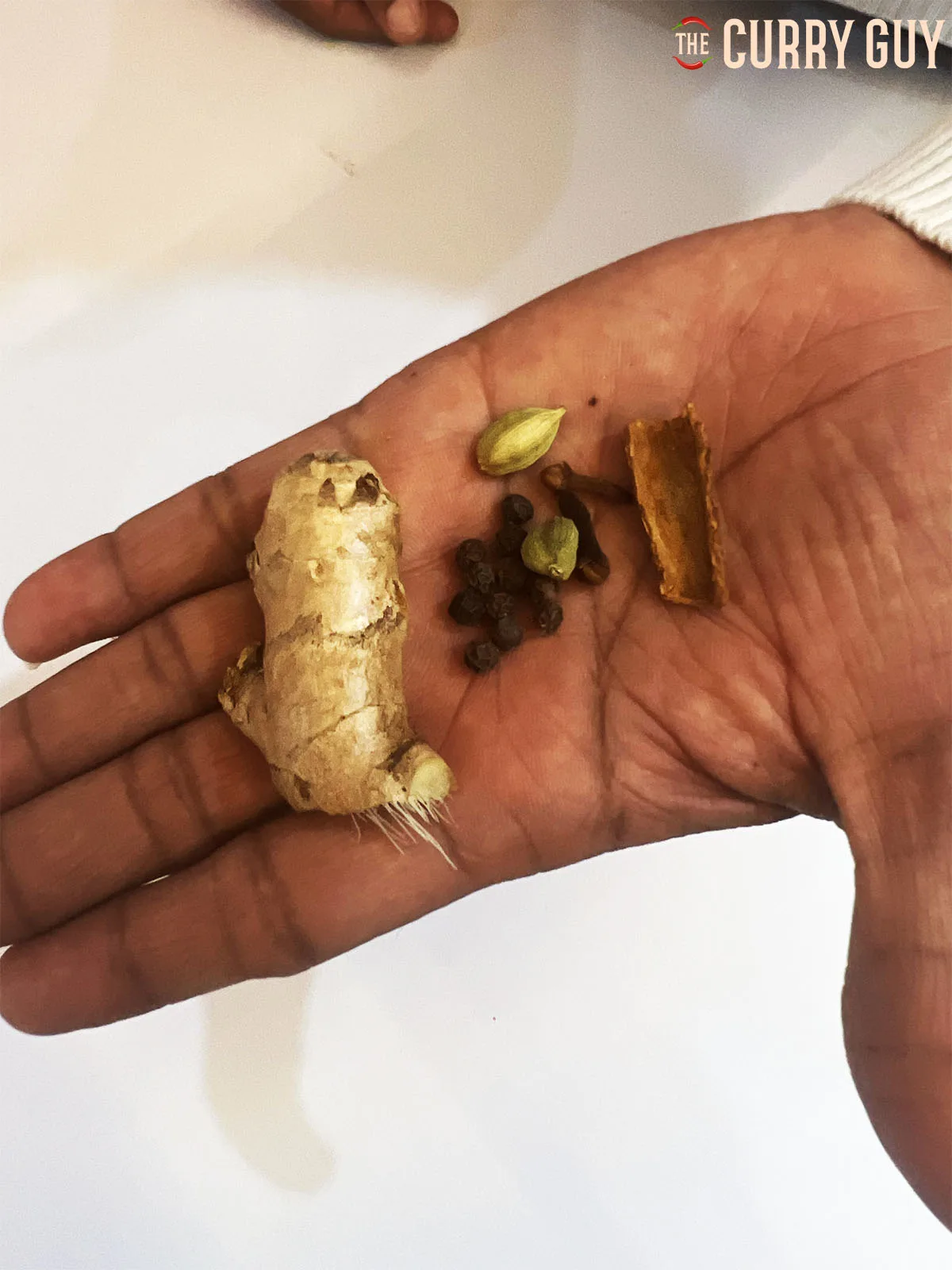
Here are the spices. Pound the spices and ginger a bit in a pestle and mortar for optimum flavour.
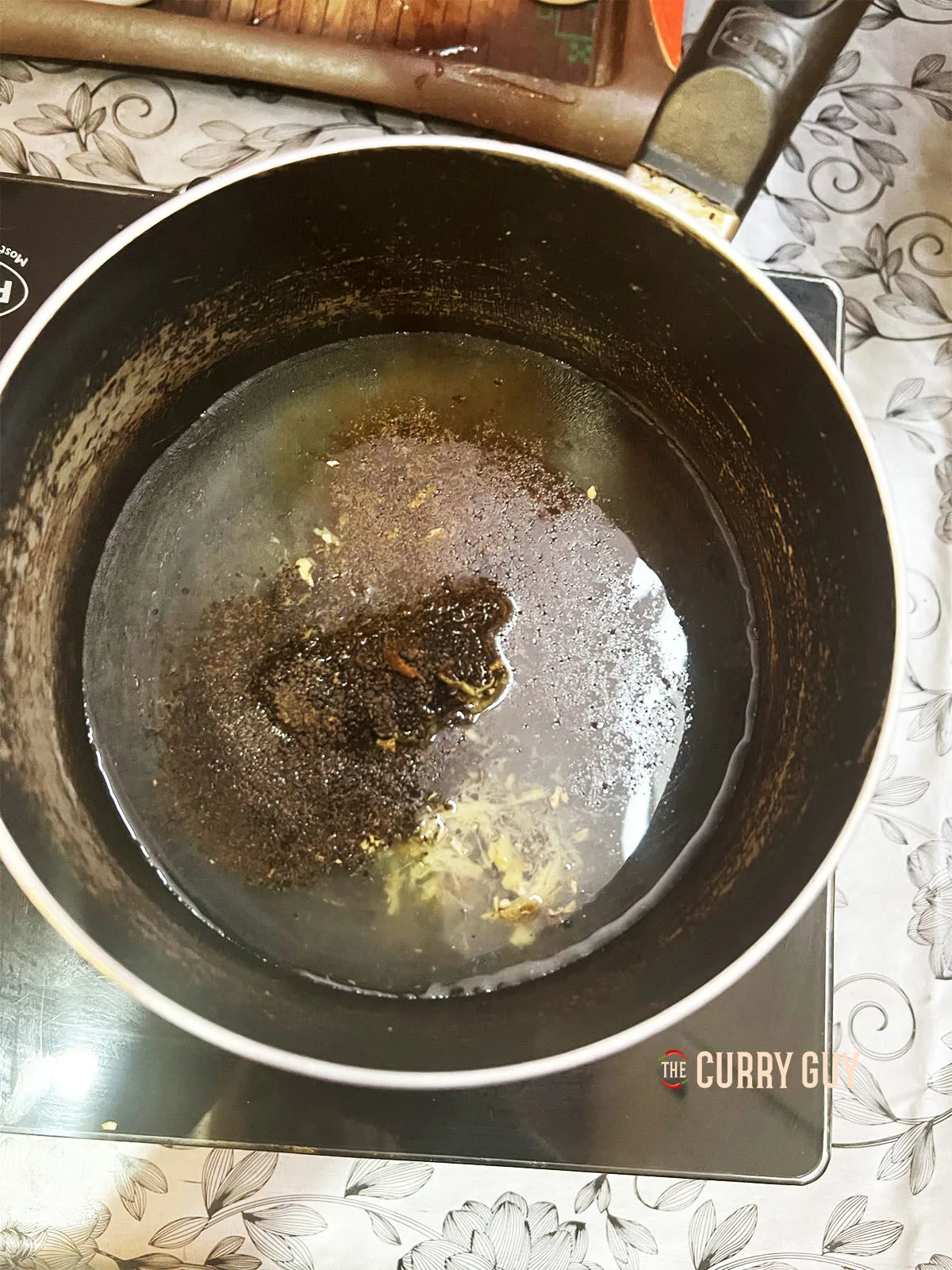
Bring the water to the boil and add the black tea, ginger and spices. Simmer for about 5 minutes.
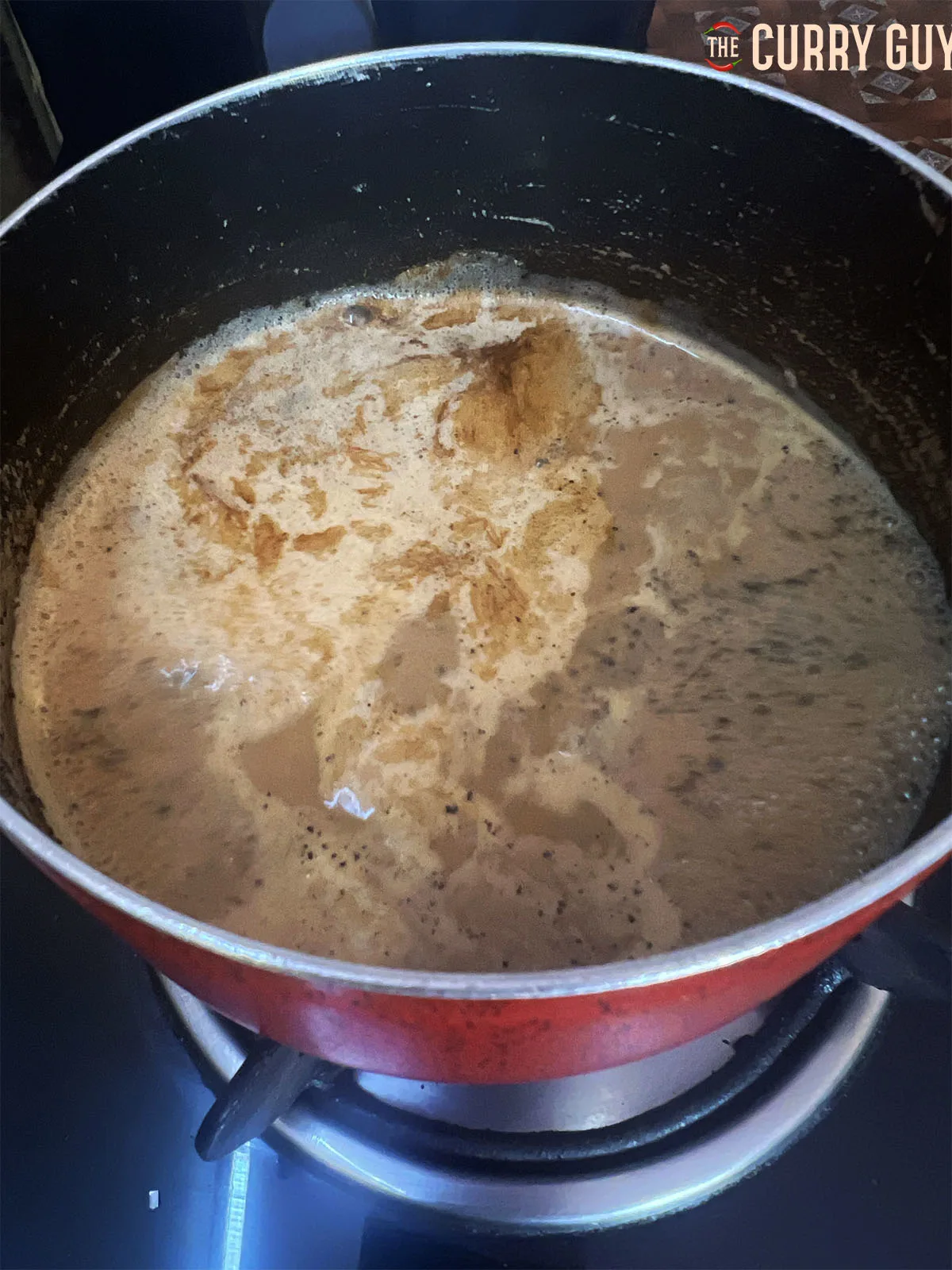
You will know it’s right because it will smell so nice.
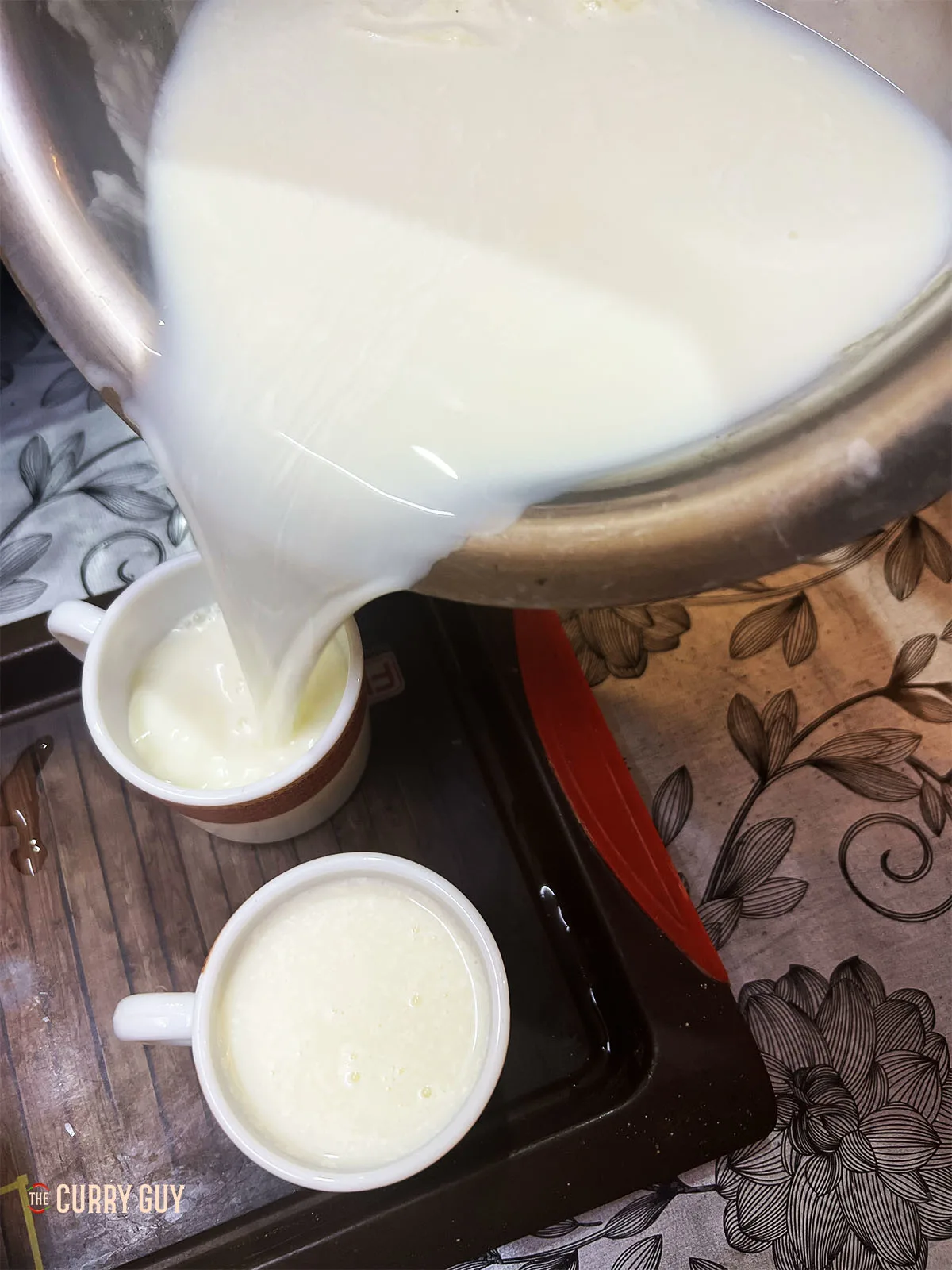
At the class, fresh full fat milk was used and poured into cups to add to the chai tea. You don’t need to do that. Just ensure you have enough. The milk was thick and creamy.

Add the whole milk to the simmering tea and continue simmering for at least 5 minutes.

Strain the tea through a fine sieve but keep the whole spices and ginger to hand.
Why do you keep the whole spices and ginger?
Once you strain the tea, taste it. If you would like a stronger flavour, you can always pour it all back into the pan and simmer for longer.
You are making this chai tea to your own personal preferences, so don’t rush things.
Over time, you will know exactly how to to simmer the tea, ginger and spices but you’re first few times you might not. Just taste and simmer as needed.
You might like your chai tea stronger of milder. If you find it is too strong, add more water or milk and simmer some more. You can add more of any of the ingredients, including black tea that you think your chai tea needs.
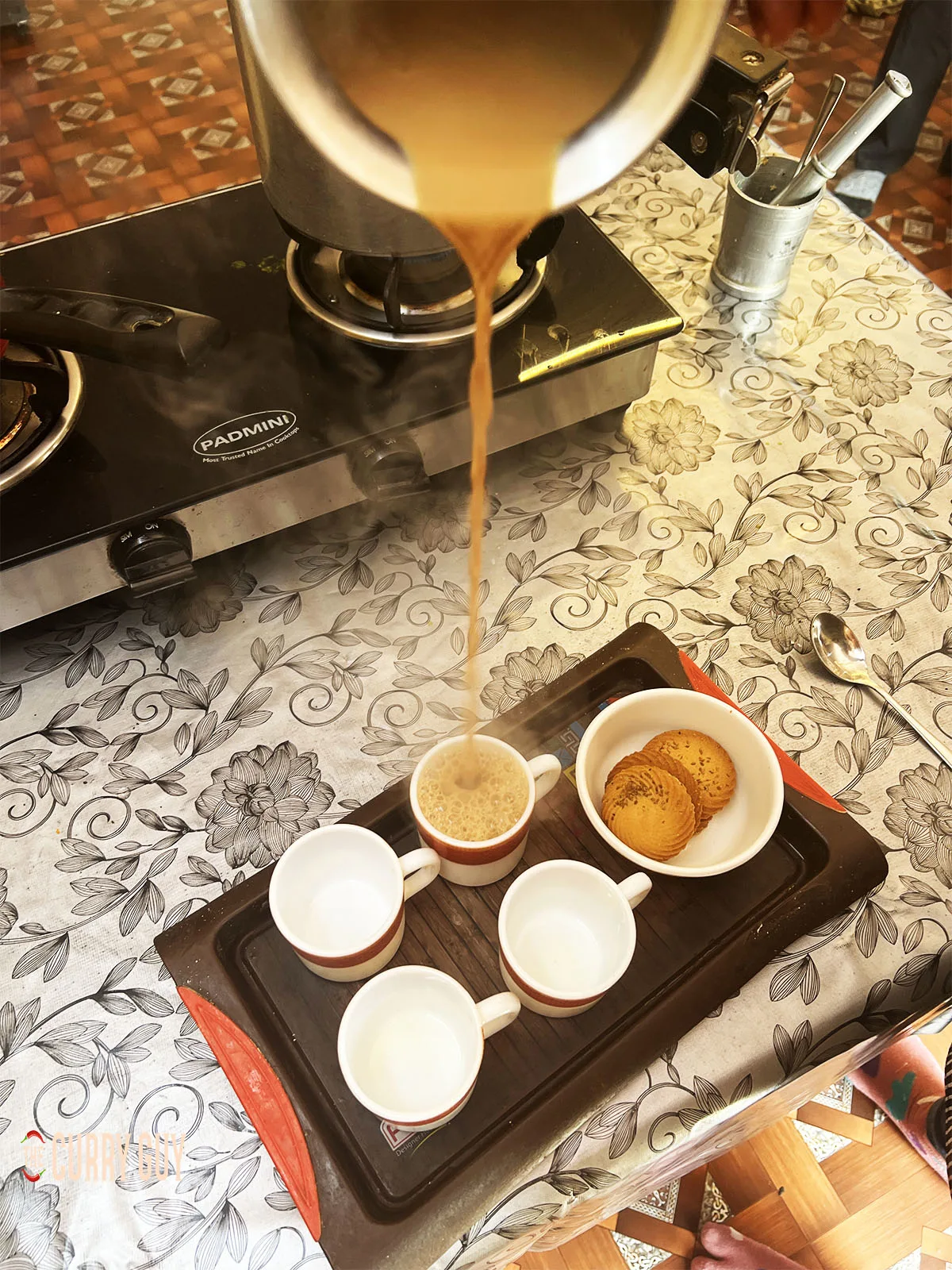
Pour the strained tea into your cups of choice and enjoy.
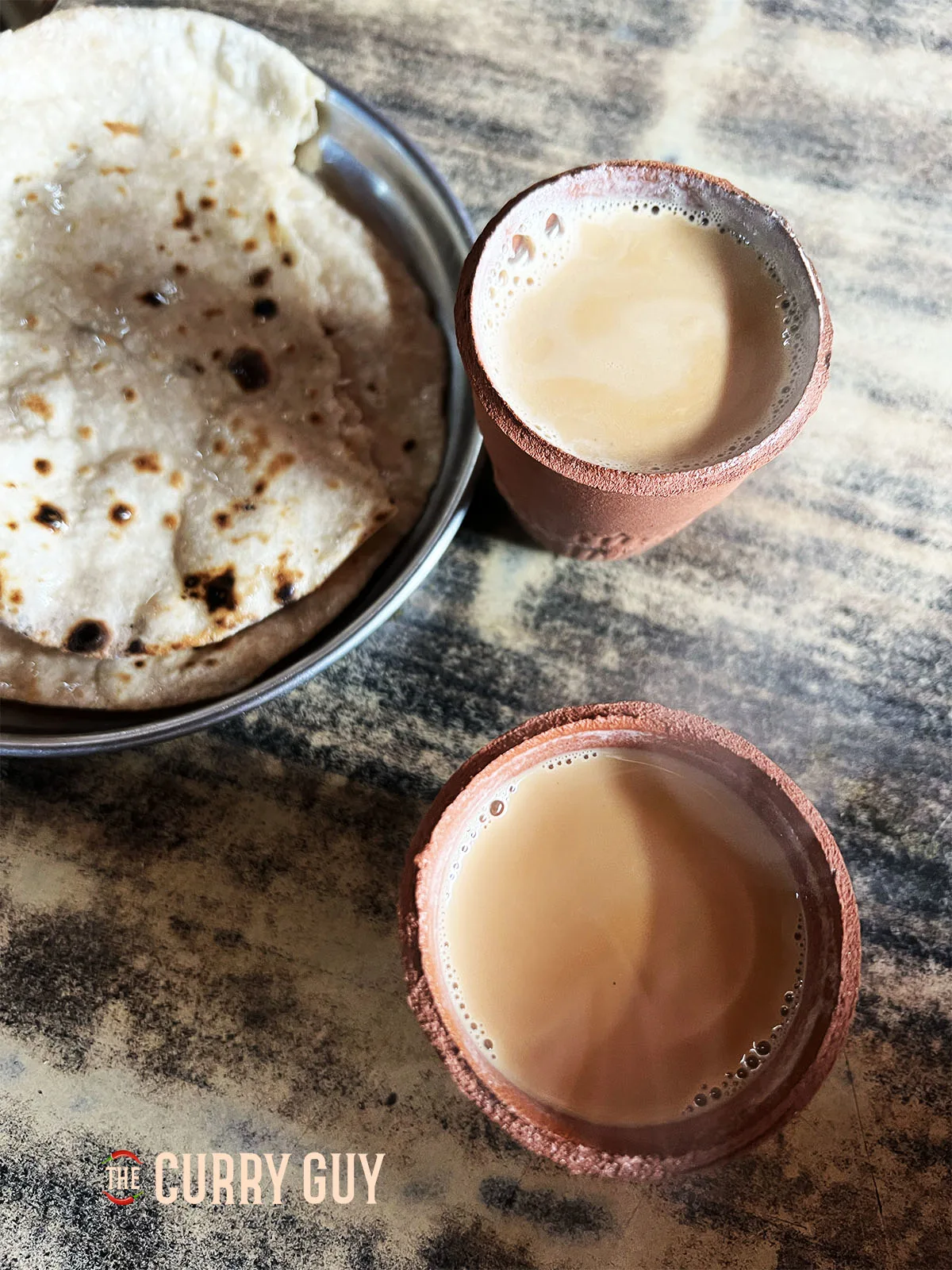
Personally, I prefer a clay cup! But any cup is good!
You might like to serve you homemade chai tea with one of the following delicious dishes.
Dum Aloo
Pakistani Chickpea Biryani
Punjabi Saag Curry
Punjabi Rajma
Butternut Squash Curry
Sri Lankan Green Beans Curry
Aloo Gobi
Saag Paneer
Onion Pakora Curry
Chana Saag Curry
Potato Curry
Mushroom Curry
Masala Corn
Gobi Manchurian
Bombay Potatoes
Masala Dosa
Saag Aloo
Tandoori Hummus
Tarka Dal
Masoor Dal
Chana Dal
Homemade Poppadoms From Scratch
Green Bean Thoran
Cabbage Thoran
Onion bhajis
Have you tried this chai masala recipe?
If yes, please give it a star rating in the recipe card below and leave a comment. I love receiving your feedback and I’m sure other readers of my blog do too. Thank you.
If you are not already doing so, please follow me on Instagram and Facebook for all my latest recipes.
Chai Tea - Masala Chai
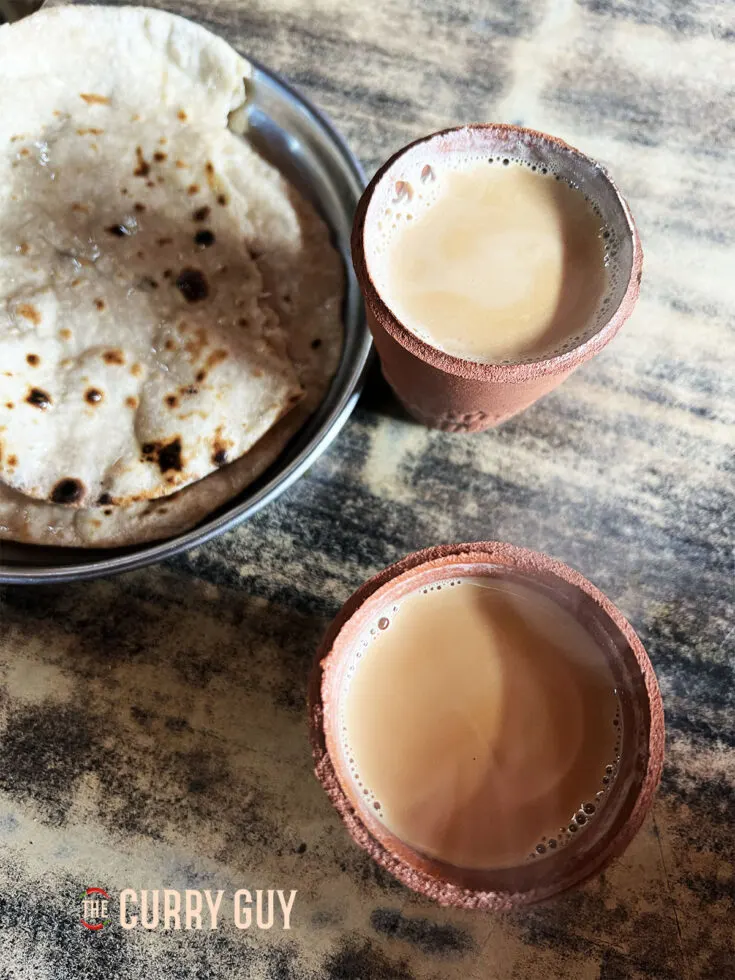
In Indai, chai tea is sually served very sweet. I only used 1 tsp in my recipe but you might want to add a lot more if you like your tea sweeter.
Ingredients
- 2 tsp black tea leaves
- 1 x 2.5cm cinnamon sticke
- 2 green cardamom pods, lightly bruised
- 1 x 2.5cm (1 inch) ginger, thinly sliced
- 2 - 3 cloves
- 1 tsp black peppercorns
- 1 tsp sugar or to taste. (Add as much suager as you like.)
- 500ml (2 cups) water
- 500ml (2 cups) whole milk
Instructions
- This is optional but for more intense flavour, pound the spices and ginger into. a coourse powder before using.
- In a saucepan, combine water, whole spices, and fresh ginger. Bring the mixture to a boil and then reduce the heat to a simmer. Allow the spices and ginger to infuse into the water for a few minutes.
- You then add black tea leaves to the simmering water and spices. Let the tea steep for a few minutes until it reaches the desired strength or if you don't want to try it with all the bits in, go for about 3 minutes. You can always cook it all longer for a stronger flavour.
- Add milk to the saucepan and simmer for a few more minutes until the chai is heated through.
- Strain the chai tea mixture to remove the whole spices, ginger, and tea leaves. Be sure to retain all the spices, ginger and tea leaves in case you want to simmer it all for longer once you taste it.
- Sweeten the chai with sugar, honey, or another sweetener to taste.
- Serve the masala chai hot in tea cups or if you can get them, clay cups.
Recommended Products
As an Amazon Associate and member of other affiliate programs, I earn from qualifying purchases.
Nutrition Information:
Yield:
4Serving Size:
1Amount Per Serving: Calories: 41Total Fat: 1gSaturated Fat: 1gTrans Fat: 0gUnsaturated Fat: 0gCholesterol: 5mgSodium: 33mgCarbohydrates: 6gFiber: 1gSugar: 4gProtein: 2g
